JWST successfully took direct image of a gas giant exoplanet, and that means it has no rocky surface and could not be habitable.
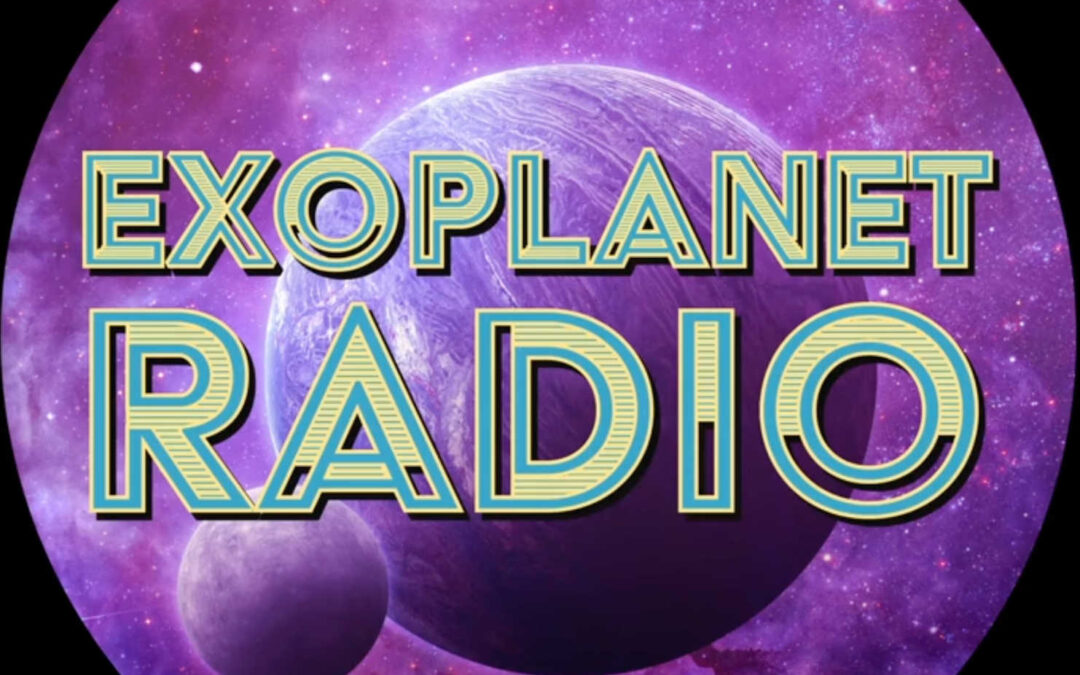

JWST successfully took direct image of a gas giant exoplanet, and that means it has no rocky surface and could not be habitable.
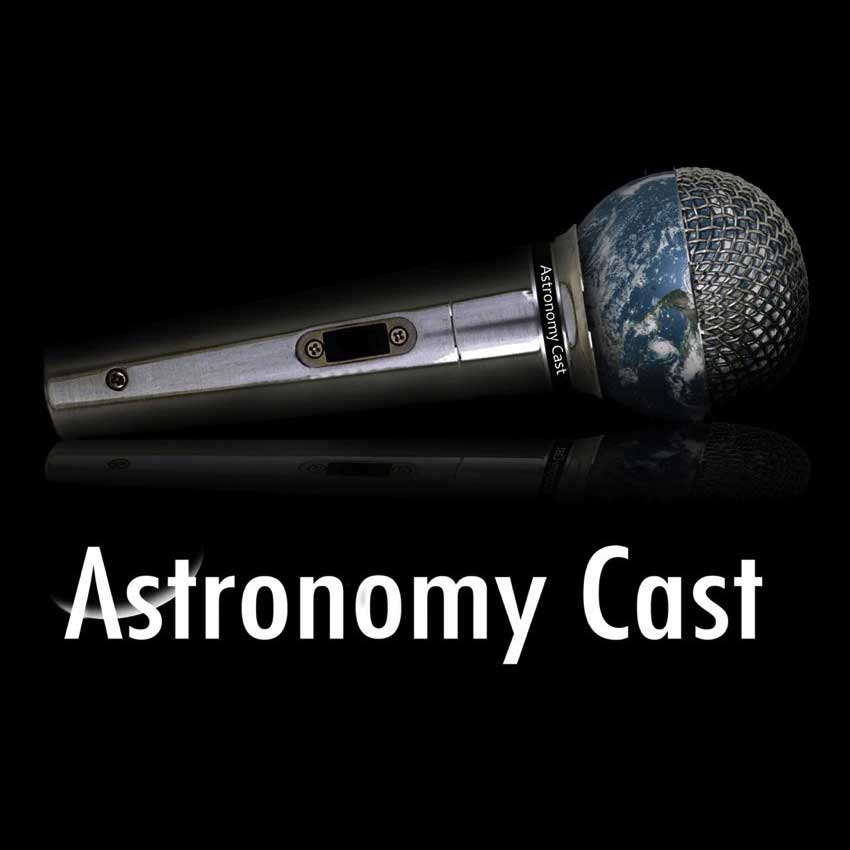
Got your eye on that $40 telescope at Walmart? Wait, hear us out first! Fraser and Pamela discuss strategies for getting into amateur astronomy
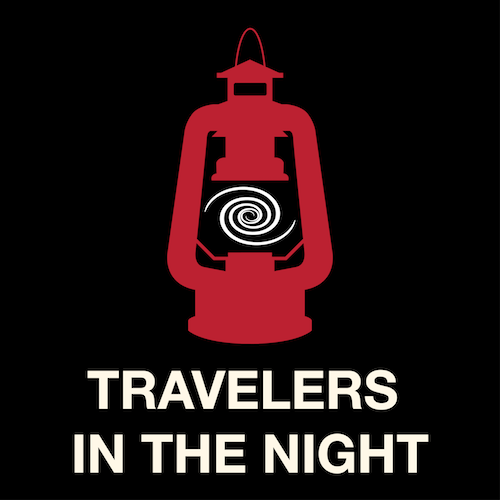
Astronomers working with the ATLAS project reported that the perviously normally appearing asteroid 6478 Gault now has a 250,000 mile long straight tail!

July’s fireworks include Saturn coming back around closer to being an evening planet, Mercury and Venus dancing low in the evenings, and some magic between the Moon and Spica.
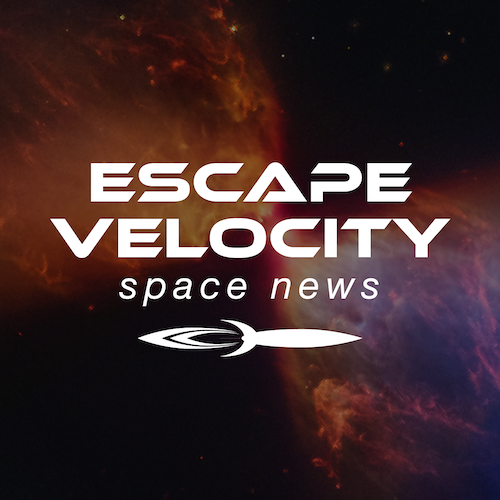
Let’s take a fast-paced journey thru all that’s new in space and astronomy and look at how JWST reveal star formation in never-before-seen details.
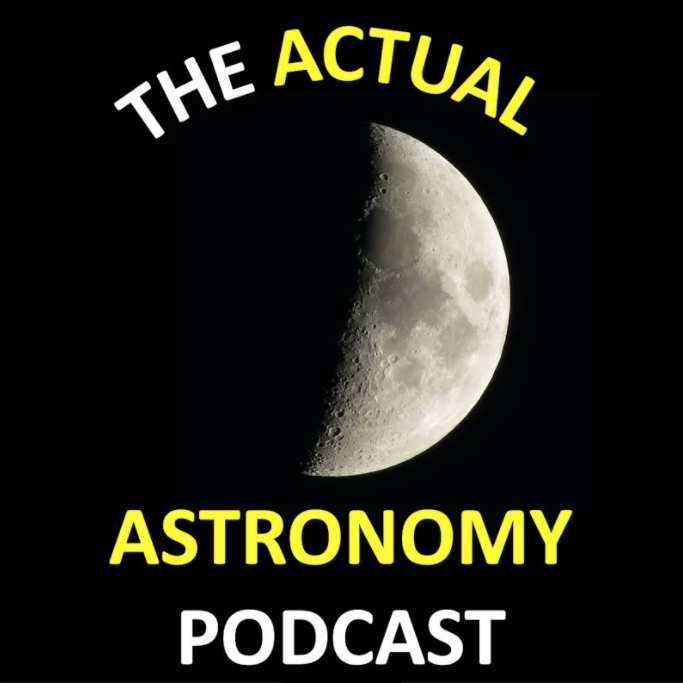
The Observer’s Calendar Saturn and Jupiter, Lunar X and Straight Wall, Minor Planets Ceres and Harmonia plus a bright comet on the horizon.
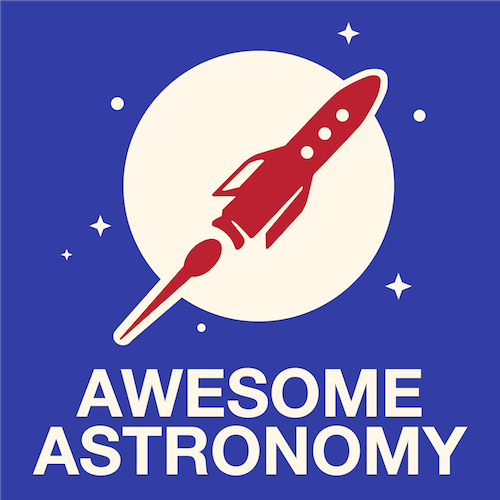
This month the team discuss keeping the elderly Hubble alive with a single gyro, how Starliner is currently marooned in orbit, this month skyguide, & the life of Henrietta Swan-Leavitt

What does it mean for the Universe to have a center? Could we ever travel to ours? What is a singularity?

Today, on final episode before hiatus, @AstronomyCast talk about the future. Especially for the next couple of months until the new season return in September.

Today’s Travelers in the Night will tell stories about the discovery of more than 1,000 Earth approaching asteroids in a single year and extremely remote chance of dangerous mountain sized space rock